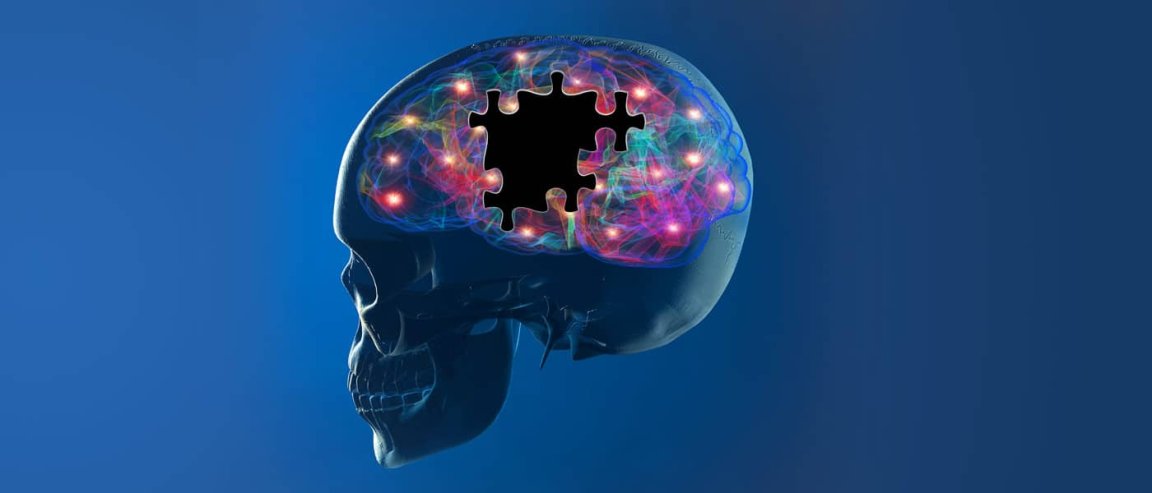
Losing Control
Parkinson’s is a debilitating chronic illness where vital nerve cells in the brain malfunction and die. As Parkinson’s disease progresses, the patient’s dopamine levels drop. This fundamental neurotransmitter controls movement and balance. Parkinson’s disease manifests in tremors of the limbs and face, postural instability, and slowness of movement.
There’s no known cure for Parkinson’s. So far, symptoms could only be suppressed or delayed through therapy and drug treatments. Now, researchers at Johns Hopkins report that they’re on to a feasible treatment.
Ted Dawson, director of the Institute for Cell Engineering at the Johns Hopkins University School of Medicine and one of the study’s leaders explains that their findings are based on ongoing research that Parkinson’s is strongly attributed to abnormal aggregates of α-synuclein. These are transmitter proteins normally found in the brain, but have been discovered in irregular clumps that spread in the brain of many Parkinson’s patients.
Finding the Doorman
The researchers were looking for a certain kind of protein called a transmembrane receptor, which works like a doorman outside the cells: only proteins with a “pass” could enter. The mission was to find the doorman that keeps letting the α-synuclein aggregates into the brain cells—and stop him. They discovered three proteins that allowed undesired proteins to enter the cells: one called LAG3, which especially preferred letting the α-synuclein clumps enter.
The researchers bred mice lacking the LAG3 protein and injected them with the protein clumps. “Typical mice develop Parkinson’s-like symptoms soon after they’re injected, and within six months, half of their dopamine-making neurons die,” Dawson says. “But mice without LAG3 were almost completely protected from these effects.”
The researchers also found that cultured neurons with LAG3-blocking antibodies (members of the immune system’s response team) had similar protective effects against the undesired protein clumps. Dawson says that antibodies targeting LAG3 are already in clinical trials for the treatment of cancer, and should trials prove successful, testing for Parkinson’s treatment may be fast tracked.
More than ten million people worldwide are living with Parkinson’s disease. This breakthrough in research may just be on the brink of improving these people’s lives, and is changing the medical landscape for the better.